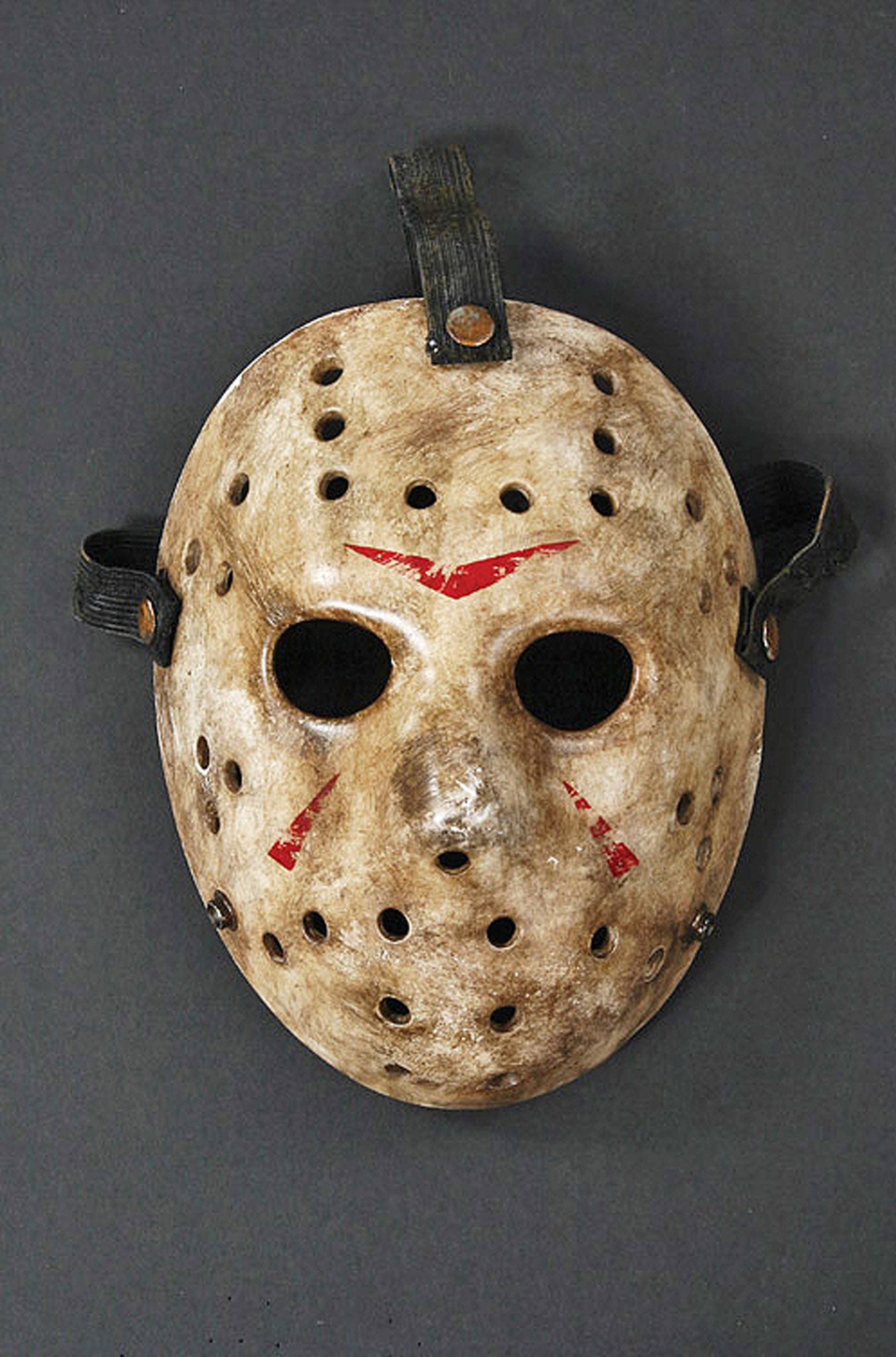Rhodri Marsden's Interesting Objects: The ice-hockey mask

* Prior to 1960 or so, ice hockey goalkeepers were regularly smashed in the face by stray pucks. Being injured by objects travelling at high velocity seemed to be an occupational hazard, and all goalkeepers bore the scars.
* Jacques Plante of the Montreal Canadiens was no exception, having received an estimated 200 stitches in his face over the course of his career. When Bill Burchmore, an employee of a local fibreglass firm, witnessed Plante being hit in the forehead during a game, he wrote to him suggesting that he try a fibreglass mask. Moulded at Montreal General Hospital under medical supervision, the mask became a fixture on Plante's face during practices, but coach Toe Blake refused permission for it to be worn during matches, worried that it would impair Plante's vision.
* Fifty-five years ago today, Plante was once again struck in the face with a puck, causing a broken nose and lacerations. He refused to continue the match without his mask on. Blake was furious, but with no other goalkeeper and no other option, he relented. When that game was won 4-1, Blake's attitude softened. The team's next 17 games were won with Plante wearing the mask; he removed it for the 18th, only for them to lose 3-0. The mask was clearly here to stay.
* Plante's masked presence on the ice was notably sinister; one 1960 article referred to the "deeply shadowed eye sockets and gaping hole for a mouth" that "looks like something out of a horror film". During the filming of Friday the 13th: Part III (1982), 3D-effects supervisor Marty Sadoff suggested that the character of Jason Voorhees wore a Plante-designed goalie mask from the 1970s that he had in his bag. As a consequence, the mask became an iconic symbol of American horror, and a Hallowe'en costume essential.
@rhodri
Join our commenting forum
Join thought-provoking conversations, follow other Independent readers and see their replies
Comments